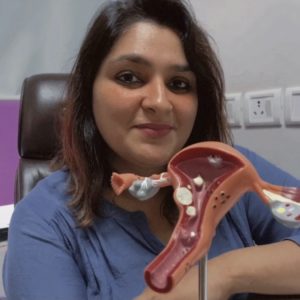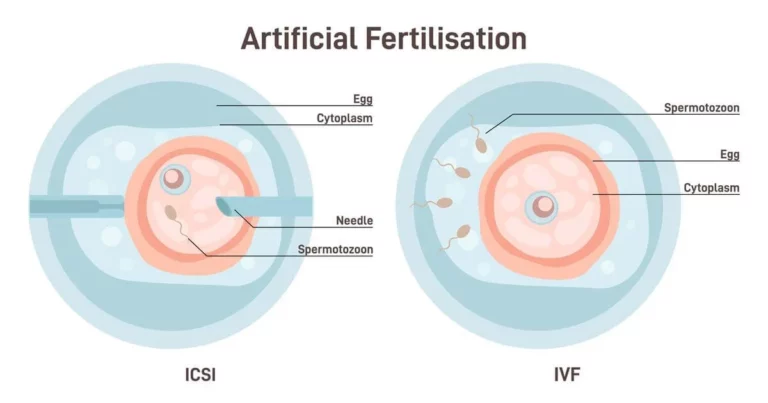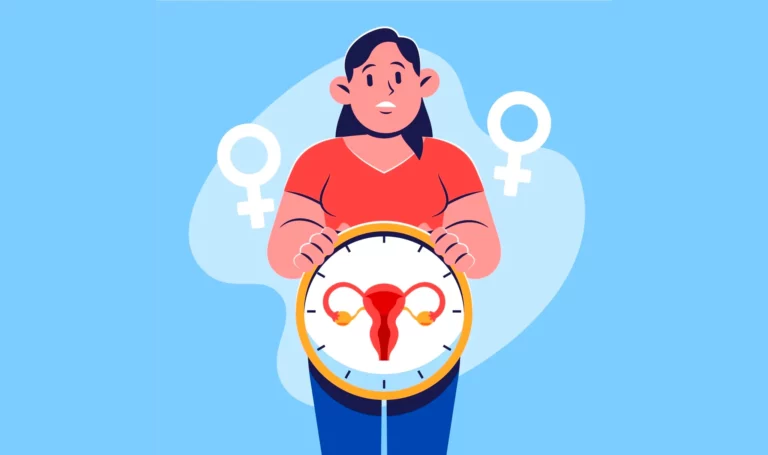As we all know, infertility is a challenging hurdle for many couples. There are several causes of not being able to get pregnant, and one of such common causes is ‘abnormalities in the uterus’. And, along with Hysterosalpingogram (HSG) and Transvaginal Sonography, Hysterography is a valuable technique for diagnosing such uterine abnormalities and possibly offer a solution to help such couples get pregnant and start their family. This article delves into the details of Hysteroscopy for IVF, involving its procedure, role, cost, IVF timeframe, potential risks and side effects, and more.
What is Hysteroscopy?
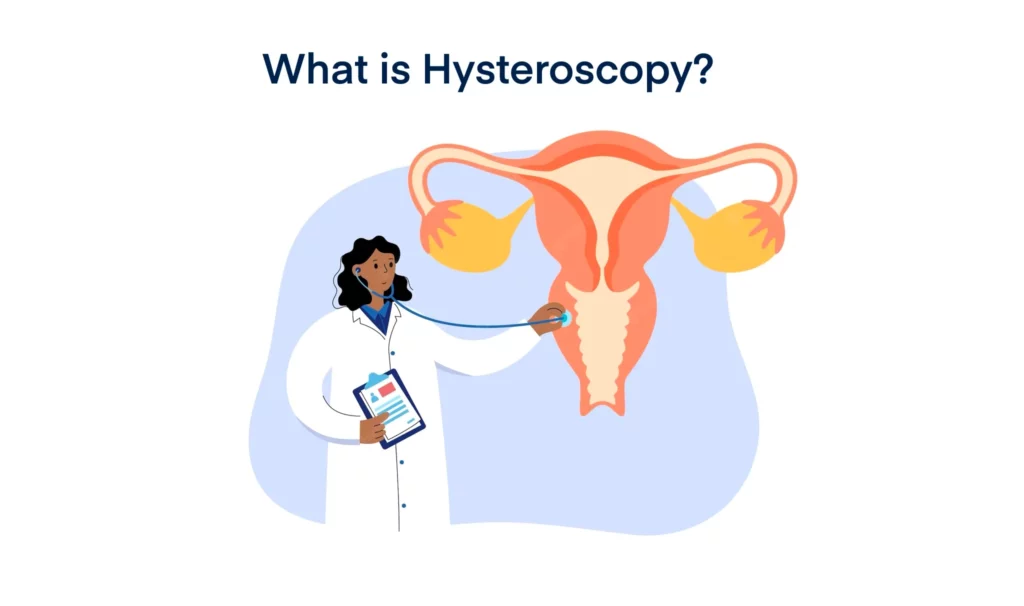
It is a minimally invasive diagnostic technique that allows the surgeons to visually assess a woman’s cervix and uterus with the help of a hysteroscope. The procedure can give a close view of the uterine cavity and endometrial lining.
It has two types:
- Diagnostic Hysteroscopy: It is primarily used to identify abnormalities and irregularities in the uterus. It can also be used to validate the outcome of other diagnostic tests such as hysterosalpingography (HSG) or an ultrasonography.
- Operative Hysteroscopy: The problem identified in the diagnostic stage is corrected in this stage. The doctor uses a device to correct or remove such diagnosed abnormality. Both diagnostic and operative stages can also be done together, avoiding the need of undergoing the surgical stage at a later time.
Why would you need Hysteroscopy?
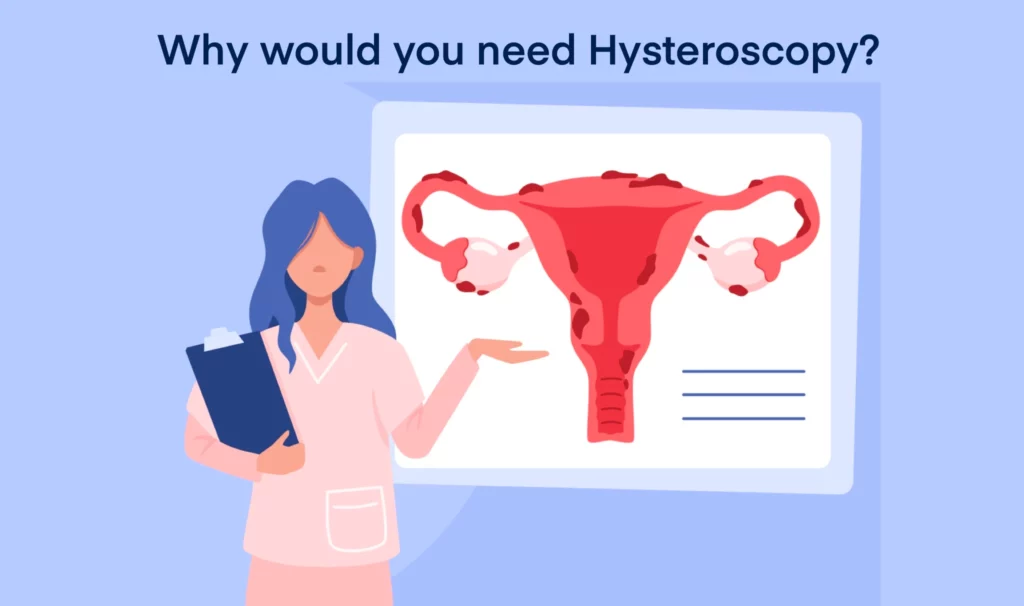
Generally, a doctor would recommend it if a woman is having heavy menstrual bleeding, bleeding after menopause, abnormal uterine bleeding or irregular spotting between menstrual cycles. The hysteroscopic examination aims at detecting their underlying causes and treating them.
You would need the procedure if you have:
- Fibroids: Fibroids are abnormal benign growths in the uterus. Surgical excisions of fibroids are called hysteroscopy-myomectomy.
- Polyps: Polyps are abnormal benign tissue growths on the endometrial (uterine) lining. Surgical excisions of polyps are called hysteroscopy-polypectomy.
- Uterine adhesions: Otherwise called the Asherman’s syndrome, adhesions in the uterus are development of a group of scar tissues that disturbs the menstrual flow and may cause infertility.
- Septums: It is a defect of the uterus in which the uterus has an extra wall of tissue called a septum. Uterine septum hangs down the middle of the uterus and splits it into two. Septums are generally benign but may require surgical excision if they cause recurrent pregnancy losses.
Other than that, your doctor may also suggest the procedure if:
- You are struggling to get pregnant or have had multiple miscarriages.
- Your Pap-smear test outcome is abnormal.
- You have an intrauterine device (IUD) and it is out of place.
How is Hysteroscopy done?

Doctors generally recommend it in the first week after the woman’s menstrual bleeding has stopped. If a woman has irregular periods, the doctor would figure out the best time for the procedure. Or, when a woman has reached menopause, the test can be performed at any time preferably. The test can be performed either in a hospital or doctor’s clinic.
Before Hysteroscopy
The doctor will prepare for the test by ensuring the patient is the right candidate, discuss the procedure, answer any questions the patient may have and deliver important instructions.
The doctor will:
- Go through the patient’s medical history.
- If needed, perform some tests such as a urine or blood pregnancy test or pelvic examination.
- Deliver guidelines on how to prepare, what medicines to stop taking, type of clothes to wear, whether or not to fast, and if the patient will need a ride home.
During Hysteroscopy
On the day of the procedure, depending on the circumstances, the patient will either be given general anesthesia or sedative prior to the procedure to help them relax. The patient will be asked to position themselves on the examination table with their legs placed on the stirrups.
Once positioned, the doctor will:
- Use a dilator to open up the cervix, allowing the hysteroscope to insert smoothly.
- Insert the hysteroscope into the uterus through the cervix with the help of a speculum.
- Release gas or liquid saline through the hysteroscope to the uterus, to keep it expanded.
- Clearing any mucus or blood in the uterus to get a prominent view of the uterine lining and the fallopian tubes. And, examine the uterus closely.
- Perform surgical excision, if needed.
The diagnosis hardly takes less than 10 to 20 minutes. However the procedure can last a little further if it is followed by the operative stage.
What to expect after Hysteroscopy?

The recovery is straightforward and the patient can return to their normal activities within a day or two. However, you may require a ride home if you were given anesthesia or other sedative. Minor cramps and light vaginal bleeding can occur for a few days, but resolve on their own. The patient may also have to refrain from sexual intercourse for 1 to 2 weeks. And, take over-the-counter pain medicines for some time too.
What are the risks and side effects?

Though hysteroscopy is a minimally invasive diagnostic and surgical procedure, like any clinical procedure, it may also sometimes provoke some complications that include:
- Reaction of administered sedative. Or, reaction of saline.
- Pelvic infection
- Although rare, damage to the cervix
- Damage or scarring to the surrounding organs such as bladder, ovaries, or bowel
- Pelvic inflammatory disease
If the patient experiences severe abdominal pain, high fever and heavy vaginal bleeding, she is advised to seek immediate medical help.
Hysteroscopy in IVF
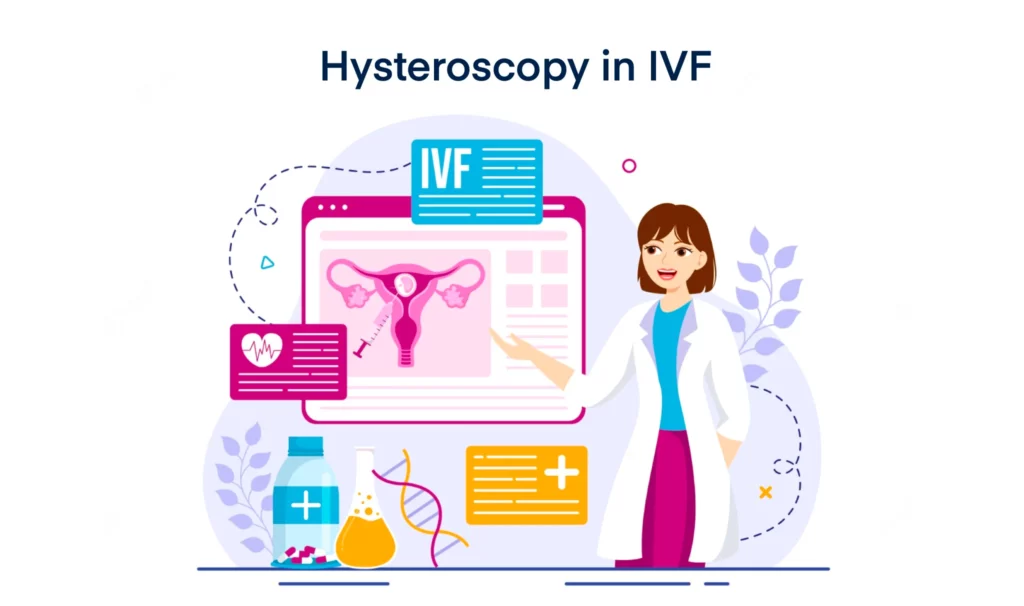
As an element of in-vitro fertilization (IVF) procedure, a hysteroscopic examination is used as a diagnostic technique by many fertility specialists to ensure that the uterus is healthy for embryo implantation and sustainable growth. If the test concludes anything abnormal like polyps, fibroids, adhesions, septums or other abnormalities that might affect the patient’s fertility or pregnancy, the doctor corrects it and then proceeds further with the IVF process.
Role of Hysteroscopy in IVF
It is undoubtedly a valuable diagnostic tool for fertility doctors to assess the uterine health and fix any abnormality that might affect the pregnancy. Its role in IVF is as follows:
Role in recurrent implantation failure (RIF)
Recurrent implantation failure (RIF) can be described as the most robust and viable embryo failing to implant in the uterus for more than 3 times. Though the quality of embryos can be precisely assessed through preimplantation genetic screening, precisely assessing the endometrial receptivity through sonography is difficult. Through hysteroscopic test, problems with the uterus that cause implantation failure can be detected and treated, escalating chances of successful implantation.
Role in recurrent pregnancy loss
Recurrent pregnancy loss can be described as loss of 2 or more babies before the 20 weeks of development in the womb. The major cause of recurrent pregnancy loss is abnormalities of the uterus. Hysteroscopic examination could diagnose and treat such abnormalities, escalating chances of sustaining a healthy pregnancy till childbirth.
Time Between Hysteroscopy and IVF
If you have been thinking about how long to wait for IVF after hysteroscopy? The answer is, it depends. However, in typical cases, the doctor suggests the patient to wait for a few weeks before starting an IVF cycle, the timeframe may increase up to as long as 3-4 months if you had severe uterine abnormality.
Hysteroscopy vs. Laparoscopy
Both the procedures are minimally invasive, aims to diagnose the correct conditions related to your uterus and reproductive organs, and involves the use of microscopic cameras.
However, hysteroscopic examination is considered safer and more comfortable. Because, the doctor has to make one or more incisions in the stomach to insert the laparoscope in the laparoscopy examination. But, on the other hand, hysteroscopic examination does not require such incisions because the hysteroscope is inserted through the vagina and cervix to the uterus. Though laparoscopy has a slightly elevated risk of causing infections and bleeding, depending on the patient’s reproductive function and doctor’s concern about the risk of injury to the surrounding organs, the doctor may have to choose laparoscopy over hysteroscopy in some cases.
Hysteroscopy for IVF cost in India
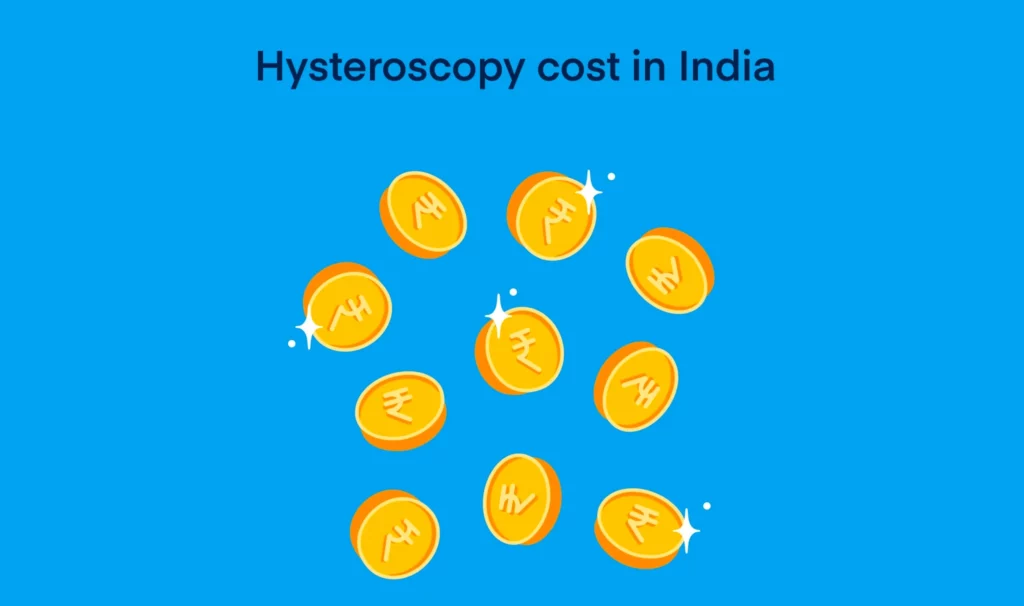
There are a number of factors that influence the cost of hysteroscopy for IVF including the location, facility, doctor’s experience and reputation, and the type of procedure. On an average, The procedure cost ranges between 30000 to 50000 INR. However, the cost may increase or decrease depending on if the procedure is followed or not followed by surgical excision and/or IVF.
Bottom line

Uterine abnormalities such as fibroids, polyps, adhesions and septums are more common than we think, and may lead to recurrent conception failures and pregnancy losses. By diagnosing and treating them through hysteroscopic procedure, a couple can escalate their chances of a healthy pregnancy journey.

